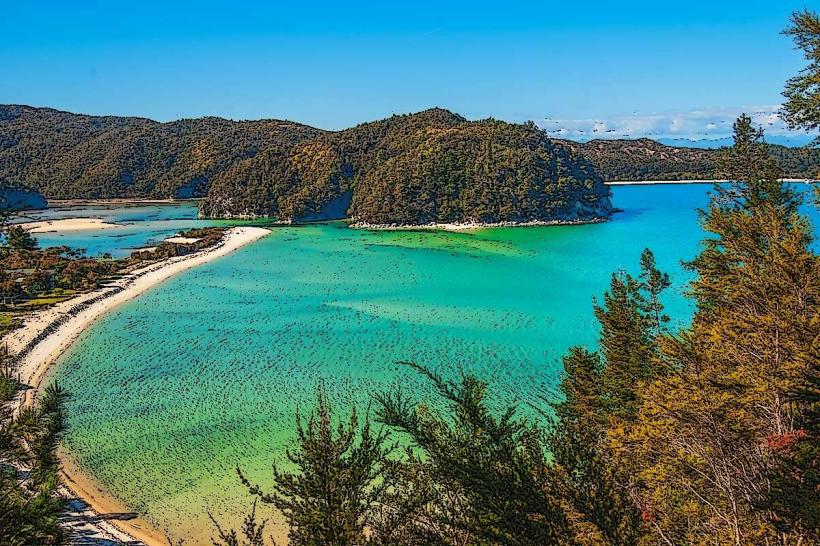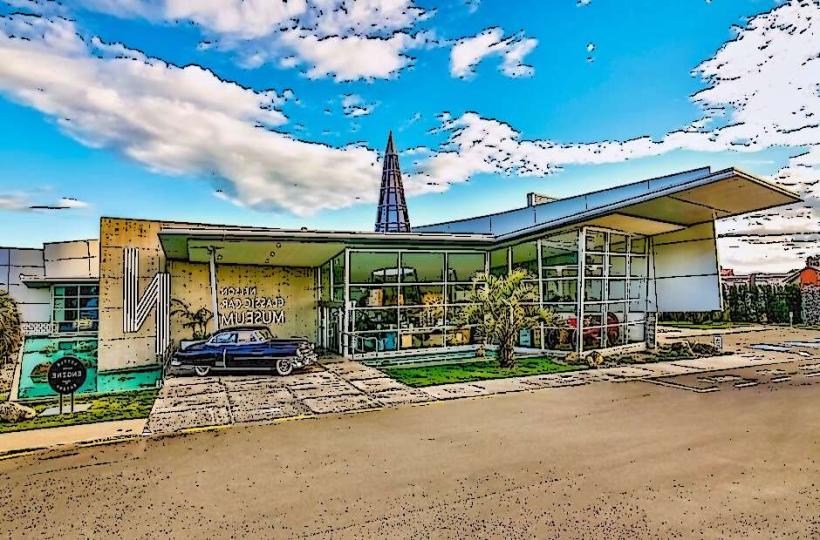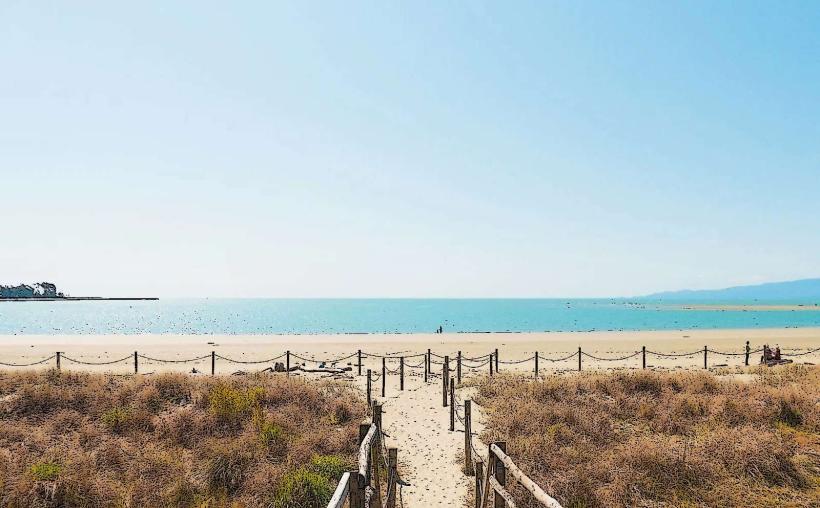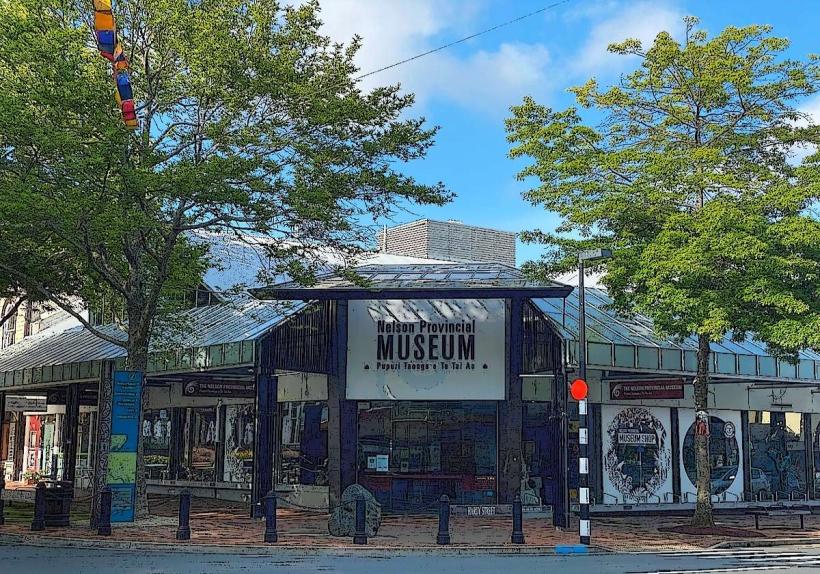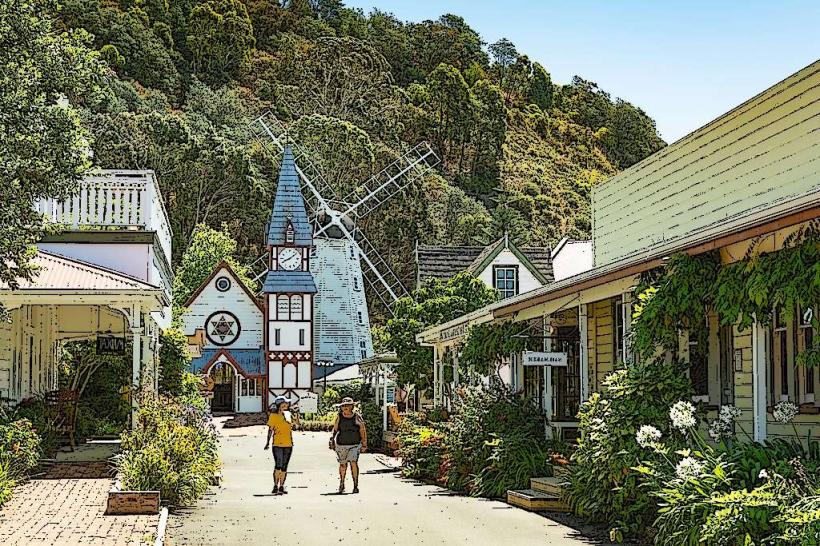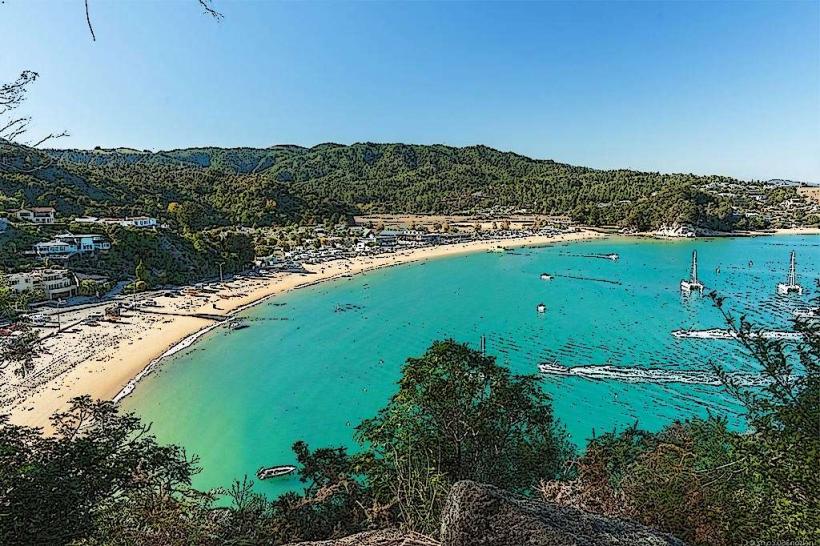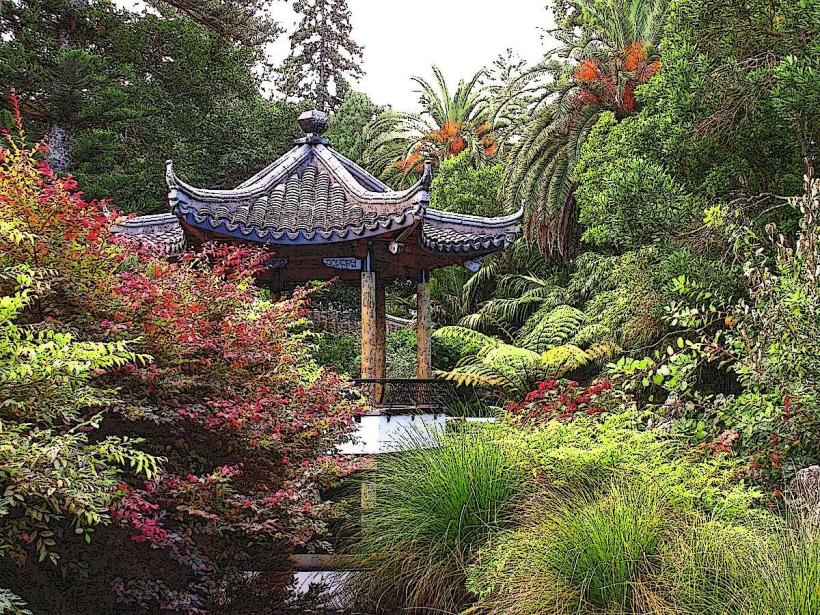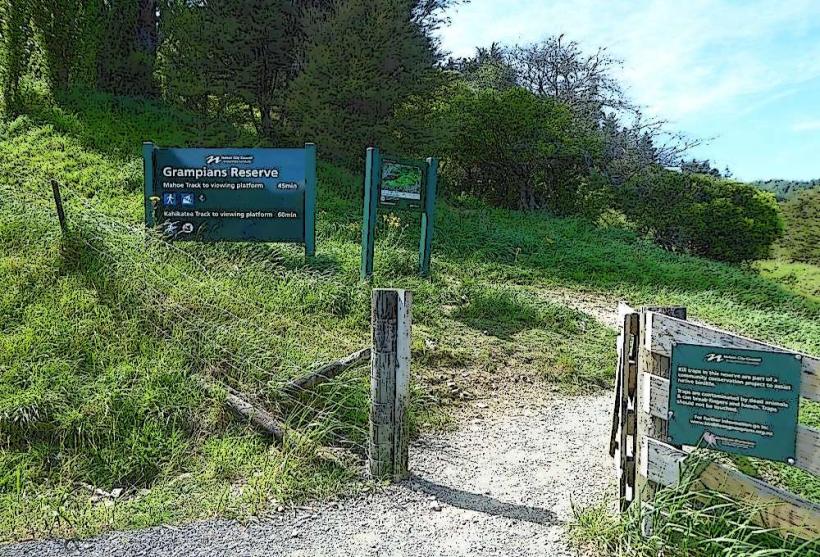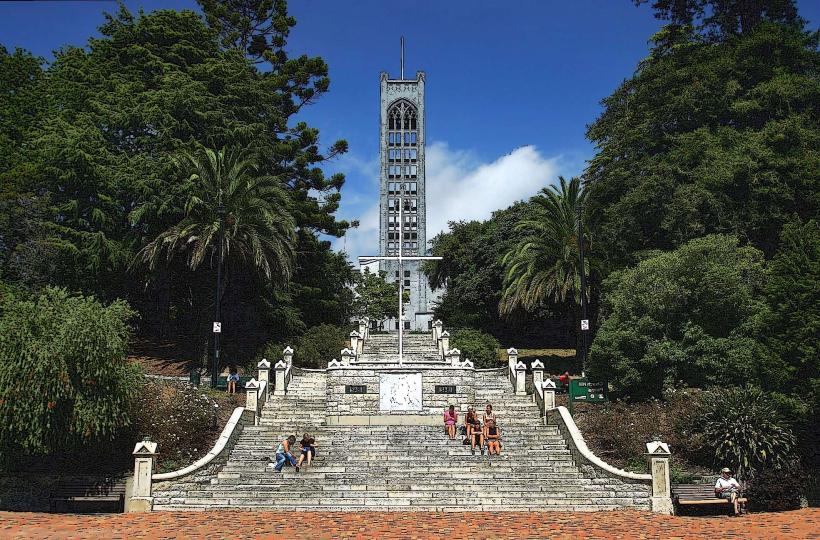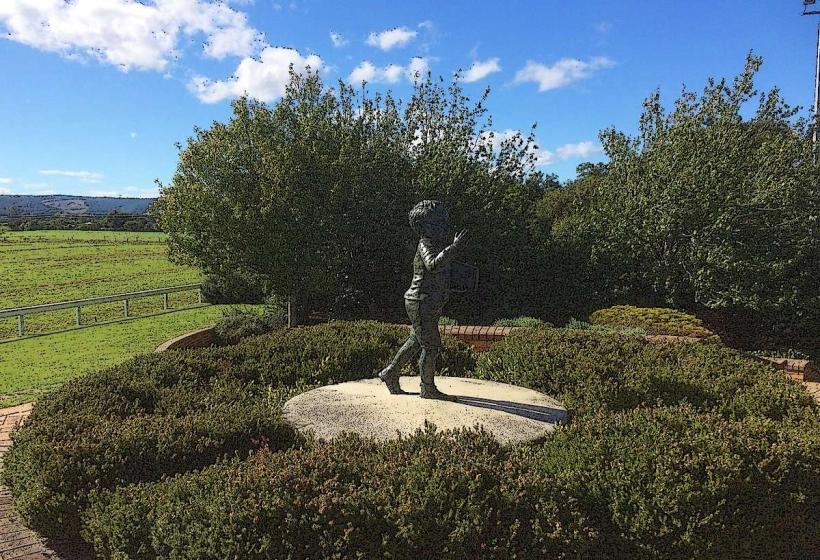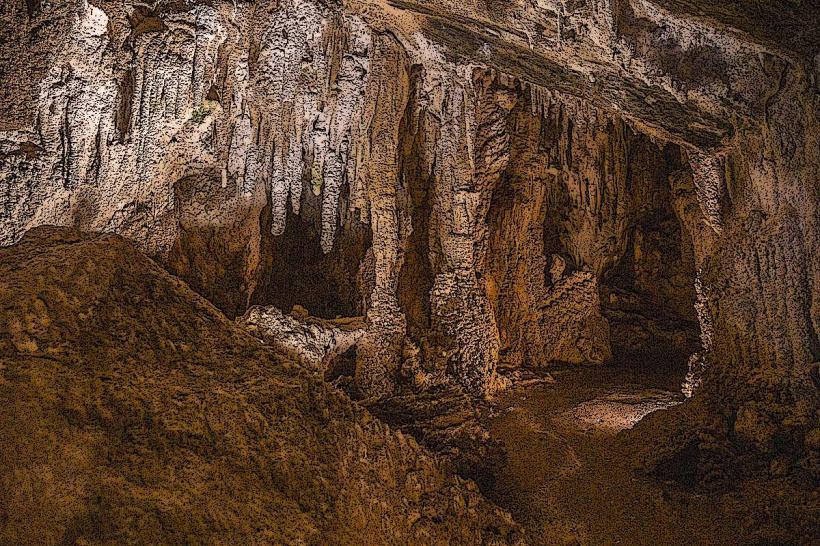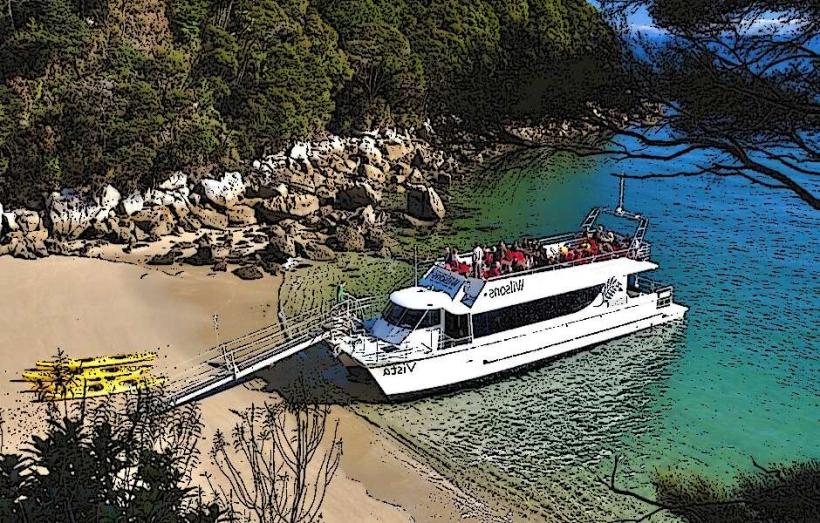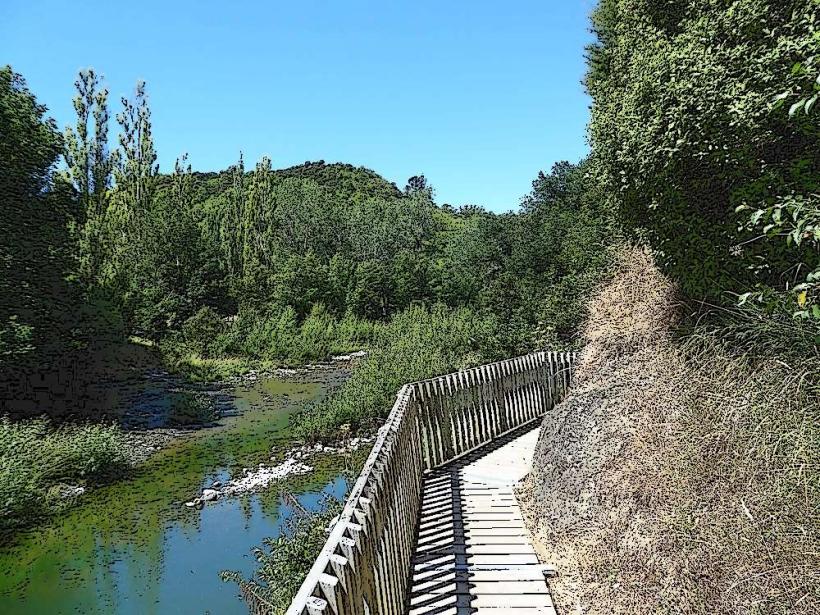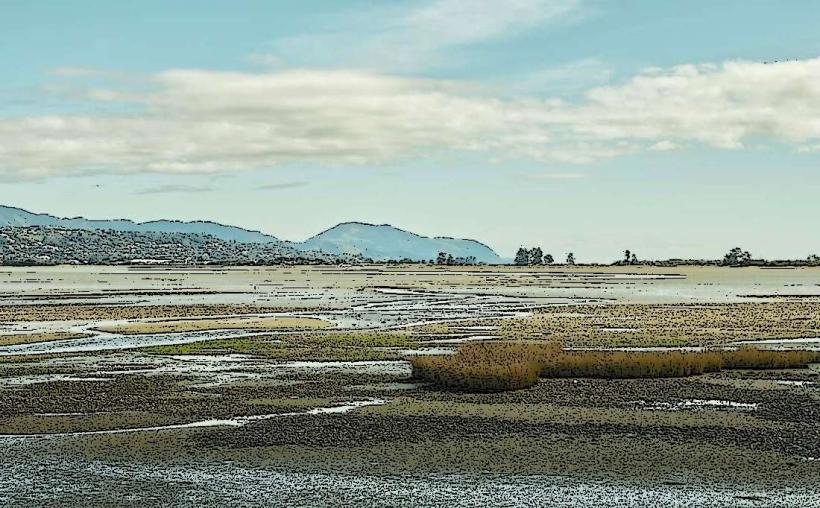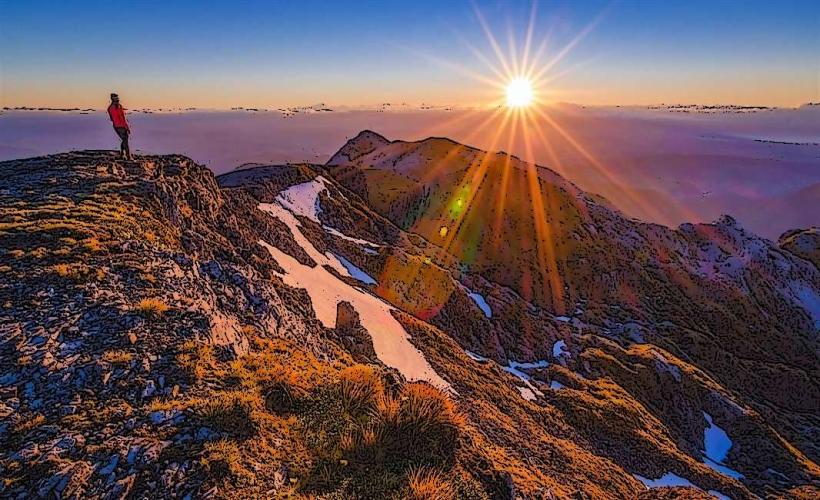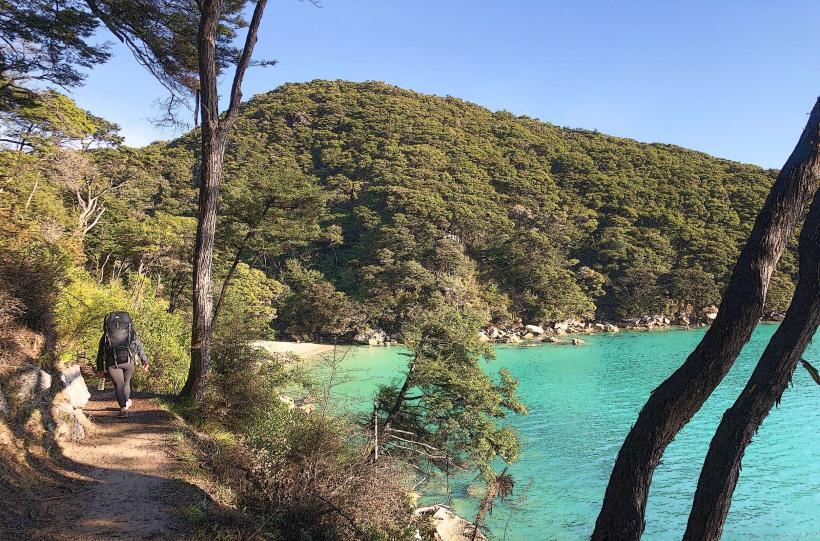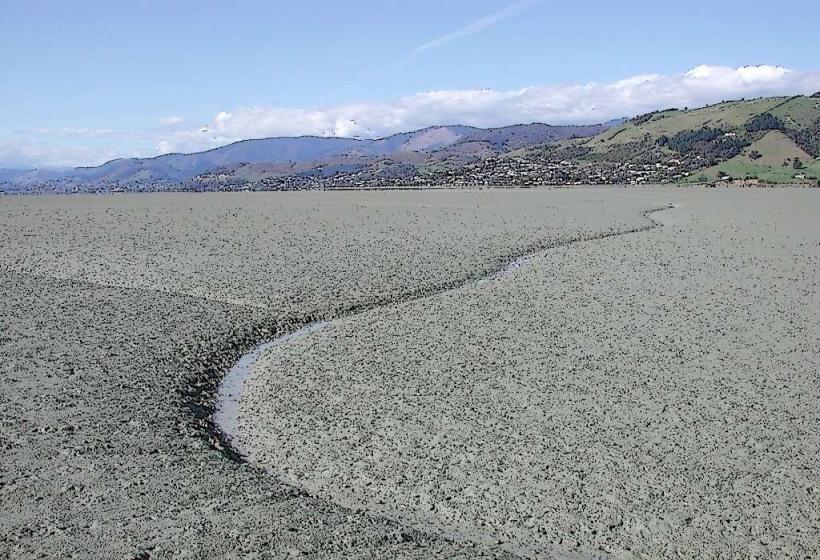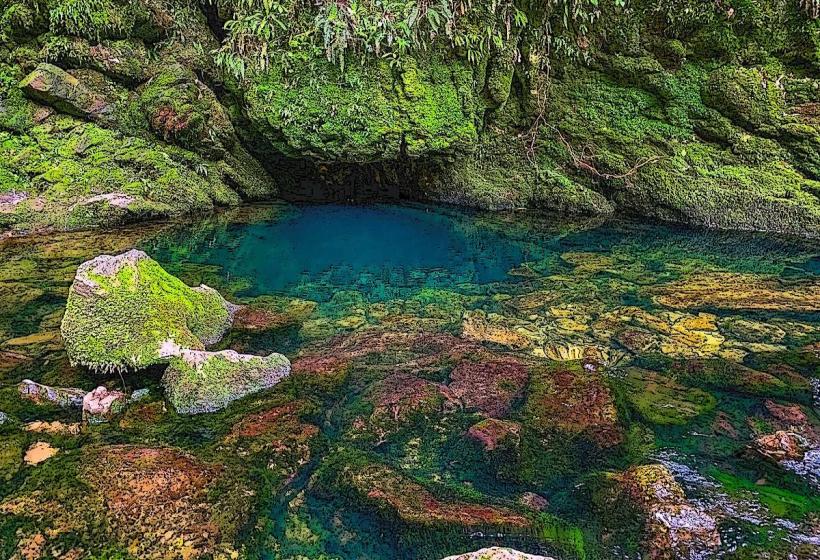Information
Landmark: Bell IslandCity: Nelson
Country: New Zealand
Continent: Australia
Bell Island – A Unique Coastal Area in Tasman Bay, New Zealand
Bell Island is a small island located in Tasman Bay, near Nelson, New Zealand. It is known for its natural coastal environment, wastewater treatment facility, and recreational activities. While not a mainstream tourist destination, it plays an important role in the region’s infrastructure and outdoor recreation.
Key Features of Bell Island
1. Location and Accessibility
- Situated between Rabbit Island (Moturoa) and the mainland, Bell Island is part of the Waimea Inlet, one of the largest estuaries in New Zealand.
- It is not typically open to the public for general visits, but parts of the island are accessible for recreational use, particularly for water-based activities.
- The island can be viewed from the nearby Rabbit Island, which has public access and recreational facilities.
2. Wastewater Treatment Plant
- Bell Island is home to Nelson and Tasman’s regional wastewater treatment facility, managed by the Nelson Regional Sewerage Business Unit (NRSBU).
- The plant serves both Nelson City and Tasman District, treating wastewater through a series of oxidation ponds before safely discharging into Waimea Inlet.
- It plays a crucial role in environmental management and sustainability, ensuring that wastewater is processed effectively to minimize environmental impact.
3. Recreational Activities – Water Sports & Fishing
- While public land access is restricted, the waters around Bell Island are popular for boating, kayaking, and fishing.
- The island is surrounded by shallow estuarine waters, making it an interesting area for birdwatching and marine life exploration.
- Some parts of the coastline are accessible for small boat landings, though visitors must be mindful of environmental restrictions.
4. Wildlife and Conservation
- Waimea Inlet, where Bell Island is located, is an ecologically significant area with a diverse range of bird species, marine life, and native vegetation.
- Birds such as royal spoonbills, oystercatchers, herons, and godwits can often be spotted around the island and estuary.
- Conservation efforts focus on preserving the estuarine ecosystem, ensuring that human activities do not disrupt local wildlife.
5. Proximity to Rabbit Island (Moturoa)
- Rabbit Island, just next to Bell Island, is a popular public recreational area with beaches, picnic spots, and walking trails.
- Visitors to Rabbit Island can enjoy cycling, swimming, and barbecues, with views of Bell Island across the estuary.
Why Visit Bell Island?
- Unique coastal environment – A part of the vast Waimea Inlet ecosystem.
- Birdwatching and marine life – A great spot to observe native bird species.
- Water-based activities – Popular for boating, kayaking, and fishing in surrounding waters.
- Environmental significance – Home to the region’s wastewater treatment plant, playing a vital role in sustainability.
- Close to Rabbit Island – Enjoy nearby beaches, cycling tracks, and picnic areas.
Final Thoughts
While Bell Island itself is not a typical tourist attraction, it is an important environmental and recreational area within Waimea Inlet. It supports regional wastewater management, contributes to local conservation efforts, and provides opportunities for boating, fishing, and wildlife observation. Visitors can enjoy scenic views of the island from Rabbit Island and the surrounding waters.

